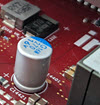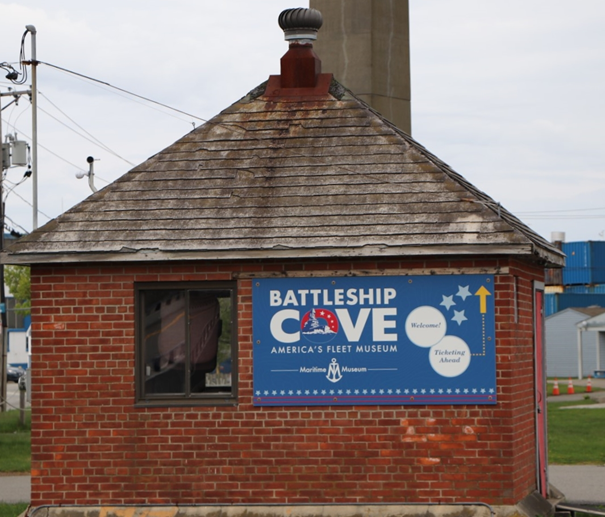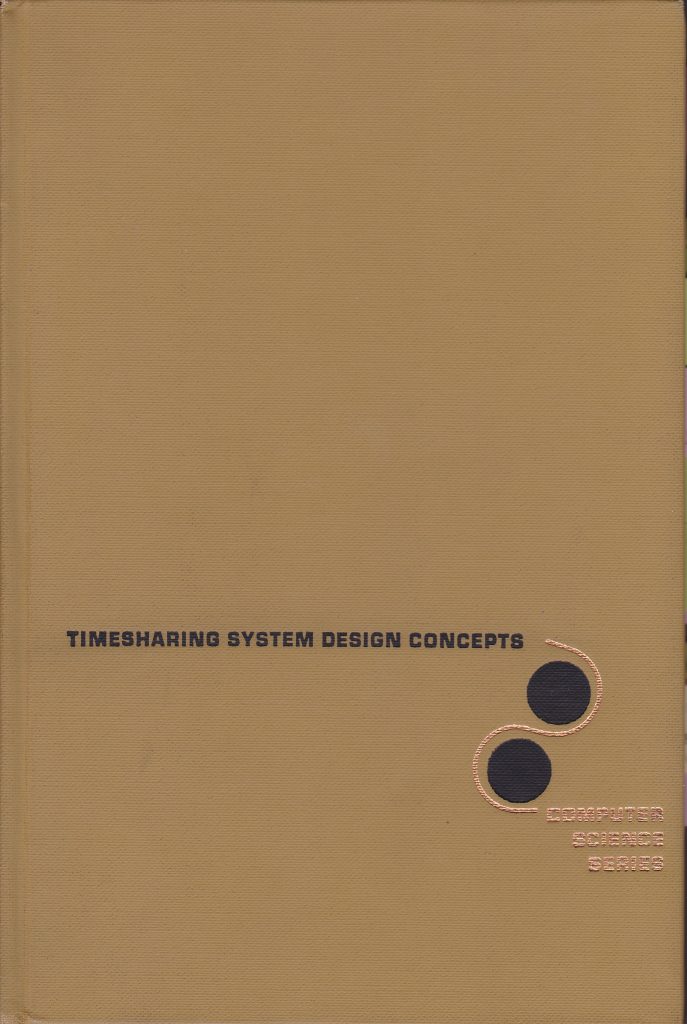
After a rather long break, we finally had another Computer and System Architecture Unraveled meetup. This time, we had two speakers talking about virtual platforms. Fredrik Larsson from the Simics team at Intel addressed pre-silicon use cases, and Jakob Engblom from the VLAB Works team at Cadence (i.e., myself) talked about uses in Automotive and embedded (mostly post-silicon).
Continue reading ““Pre-Silicon and Post-Silicon Virtual Platforms” – Computer and System Architecture Unraveled Event Six”






